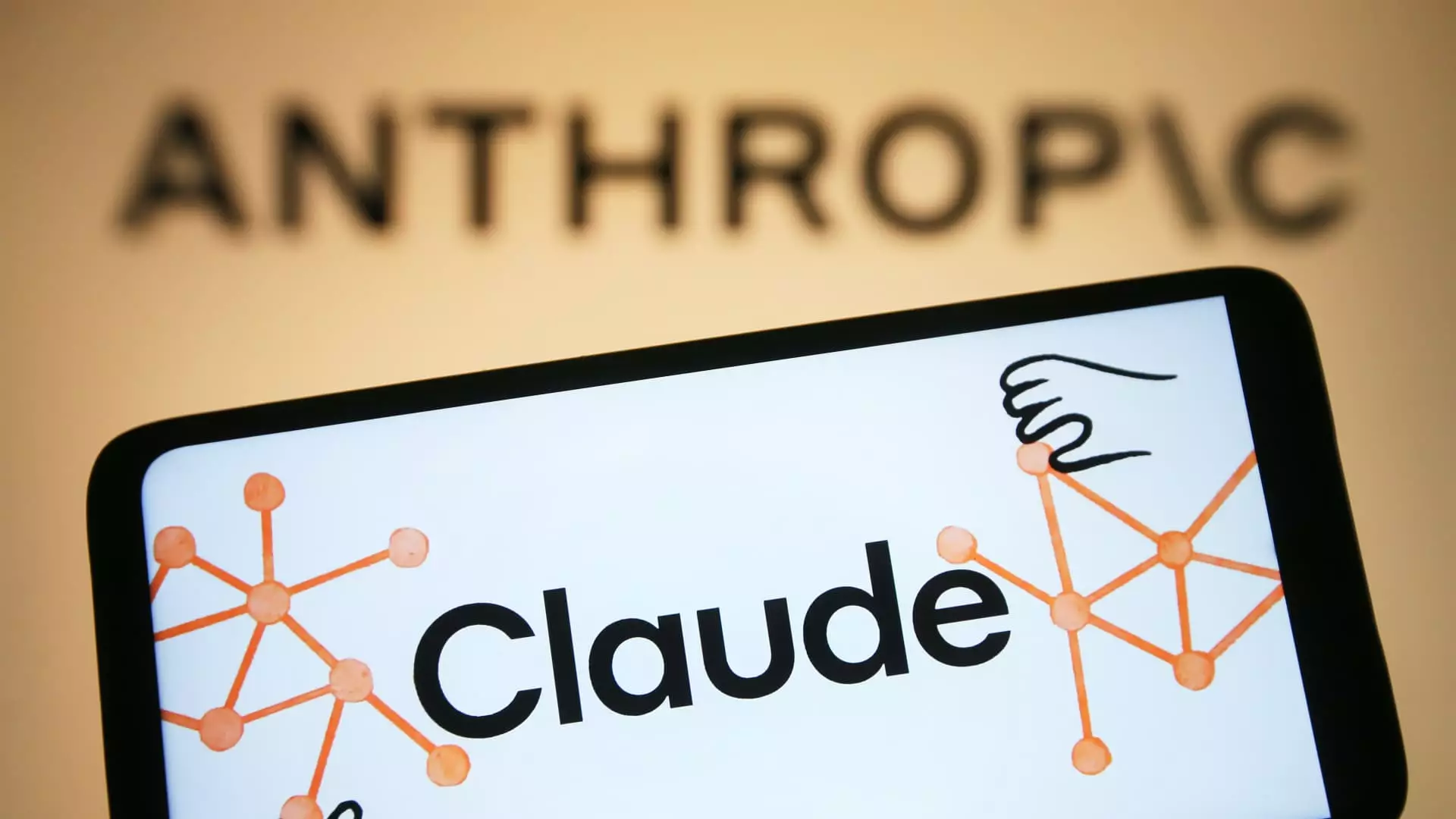In recent years, the AI industry has been the darling of venture capitalists, with record-breaking rounds and sky-high valuations fueling an illusion of unstoppable growth. Yet, beneath this shiny facade lies a sobering reality: much of this funding is driven by greed and hype rather than genuine innovation or sustainable business models. While giants like OpenAI and Anthropic attract headlines with their colossal raises, the broader market narrative reveals a stark mismatch between investment and meaningful capital exits. This excessive focus on pouring money into AI startups, often with little regard for long-term viability, risks inflating a speculative bubble that could burst with profound economic repercussions.
Despite the impressive accumulation of over $104 billion in AI funding in the U.S. during the first half of the year, actual profitable exits remain scarce. Major deals, such as Meta’s $14.3 billion investment in Scale AI and OpenAI’s $40 billion raise, highlight a pattern—large corporations employing aggressive acquisitions and investments to dominate and entrench themselves in an already crowded field. Yet, these moves often serve more as strategic consolidations or attempts to attract further capital than as genuine opportunities for entrepreneurs or investors to realize significant returns.
The Dangerous Overvaluation and Lack of Authentic Innovation
The evident overvaluation in AI is concerning. When startups like Safe Superintelligence and Anthropic secure billions of dollars, it’s tempting to see only the ambition—yet these funds are often fueling hype cycles rather than tangible, scalable products. The market looks increasingly like a playground for speculative investments rather than a fertile ground for technological breakthroughs that benefit society at large.
The disproportion between the burgeoning investments and the comparatively sluggish number of meaningful exits underscores this disconnect. There have been some acquisitions and IPOs, but they are relatively minor compared to the vast sums poured into these ventures. The notable exception, CoreWeave’s IPO, was a rare beacon of optimism, soaring over 340% in value shortly after listing. Unfortunately, this outlier doesn’t negate the broader trend: a landscape that is heavily inflated and unstable, with most startups unlikely to deliver lasting value.
This phenomenon exposes a fundamental flaw—many AI companies are chasing buzzwords rather than solving real problems. The focus on vertical solutions and niche applications further emphasizes this point; these are easier to integrate and pitched as quick wins for investors, but they often lack the scalability or societal impact necessary for sustained success.
The Short-Lived Boom and the Risks of a Bubble
The current AI frenzy bears a striking resemblance to previous speculative bubbles. Investors seem more interested in bolt-on deals and quick acquisitions designed to boost valuations than in investing in fundamentally sound companies. These strategic buyouts by larger tech corporations create a false sense of progress, masking the underlying fragility of the market.
This overemphasis on short-term gains and the scarcity of robust IPOs or substantial exits suggest the industry may soon face a defensive reckoning. When macroeconomic conditions shift or funding becomes scarcer, these inflated valuations could collapse, leaving shareholders and workers scrambling for value that was never truly there.
Moreover, the broader technological ecosystem shows signs of stagnation outside AI. Venture funding for fintech, crypto, and cloud software is collapsing, indicating that investor appetite is waning elsewhere in the tech space. The disproportionate focus on AI entails a dangerous risk: diverting resources from more promising, proven innovations that could genuinely benefit society, such as sustainable energy solutions or equitable healthcare tech.
The optimism surrounding AI’s future must be tempered with skepticism. Without a firm commitment to realistic valuations and socially beneficial innovation, the current funding surge risks perpetuating a cycle of hype that ultimately undermines the very industries it seeks to advance. Market corrections are inevitable when the narrative is driven more by the desire for quick riches than by a shared vision for meaningful progress.



Leave a Reply